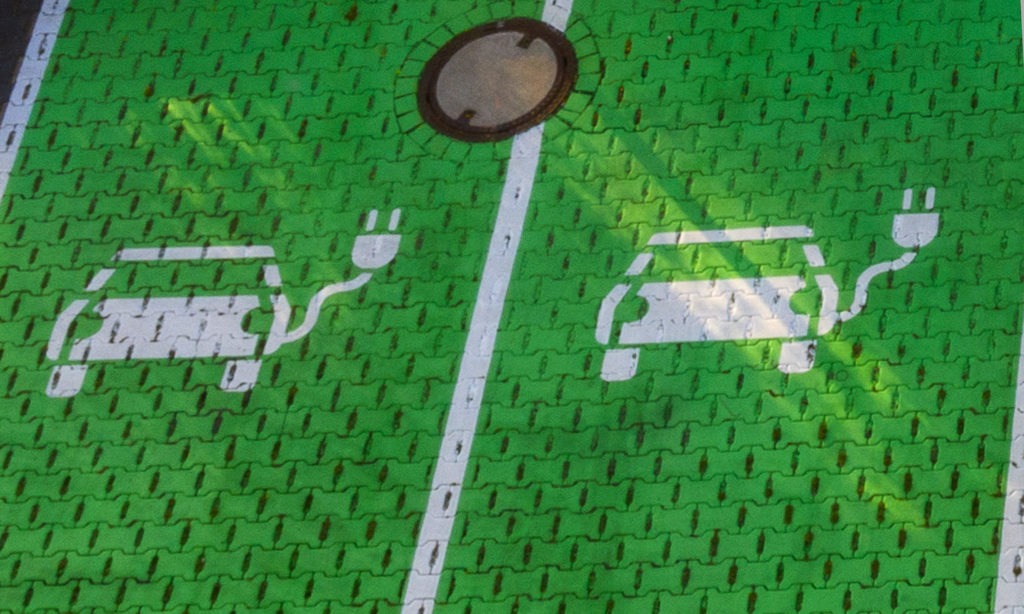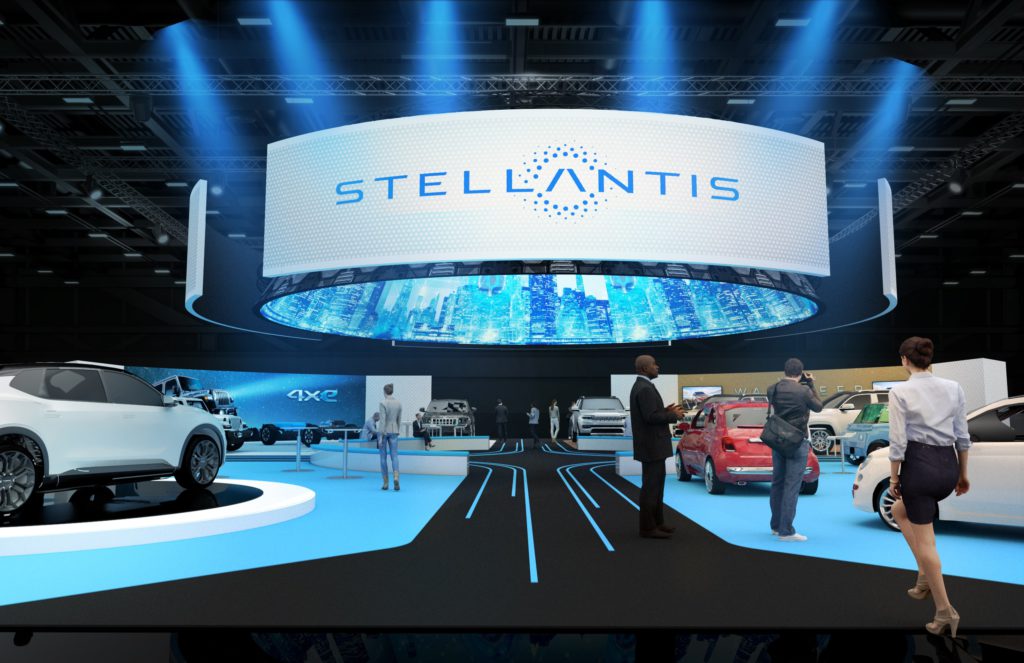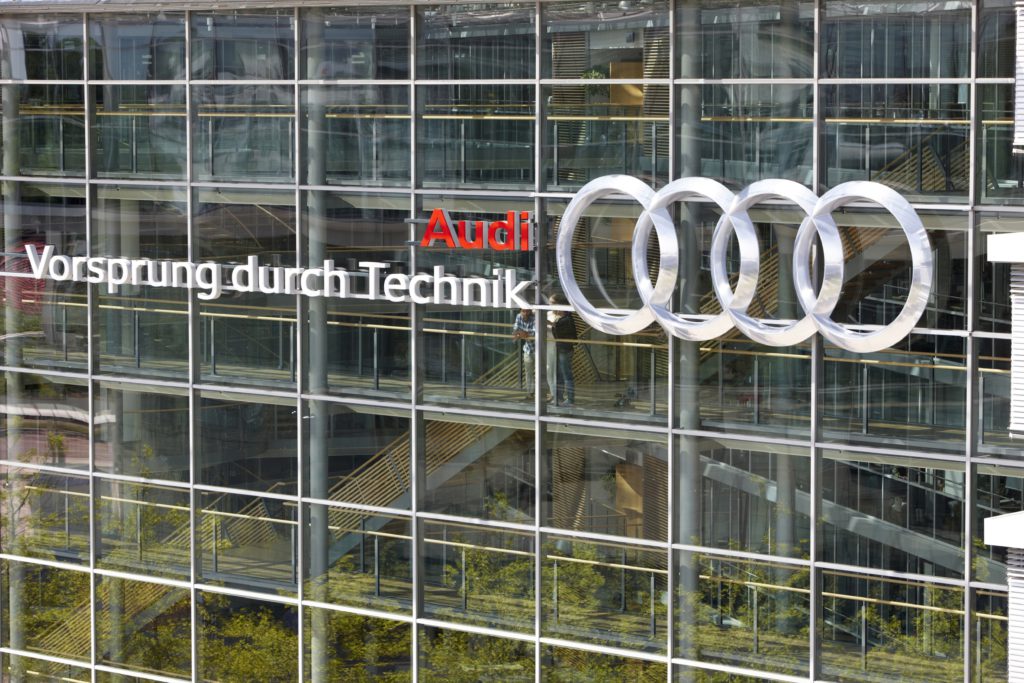German EV subsidies more than doubled in 2021
11 January 2022

Incentives for electrically-chargeable vehicles (EVs) in Germany are in high demand, with the government registering a record number of applications last year. The German state spent a total of €3.1 billion to subsidise the purchase of EVs in 2021.
The Federal Office for Economics and Export Control (BAFA) received 625,260 subsidy applications, seeing a significant increase compared to two years ago. In 2020, around 255,000 applications were granted.
Decisive year for EVs
The country has seen an electromobility boom, with the Association of International Motor Vehicle Manufacturers (VDIK) saying 2022 will be a decisive year for electrified drives. The association expects to see 850,000 new EV registrations this year, with the number of EVs on German roads potentially growing to more than two million by the end of 2022. EVs made up more than a quarter of new-car registrations in 2021, with their share jumping from 13.5% in 2020 to 26% in 2021.
Germany’s new government is pushing for clean mobility, having recently announced the extension of the subsidies scheme. Buyers of battery-electric vehicles (BEVs) will continue to benefit from a €9,000 incentive. Meanwhile, plug-in hybrids (PHEVs) will be funded with a maximum of €6,750.
But changes are ahead. Going forward from 2023, the German state will only subsidise EVs with a positive effect on climate protection, which takes into account a car’s electric driving range. The VDIK is wary about the new regulations that are due to be implemented next year. The reform would see the so-called environmental bonus for EVs being developed on a digressive basis, the association said.
Words of caution
‘We expressly warn against a too strong meltdown of the purchase bonus in the coming years,’ said Reinhard Zirpel, VDIK president. ‘Instead, the German government should consider continuing the environmental bonus beyond 2025. After all, the traffic-light government has set itself a very ambitious target of 15 million electric cars by 2030. To achieve this, the subsidy must fit.’
‘Now that electric cars have achieved a market breakthrough, it is important to continue this positive trend. To this end, the new government must set an important course in the first half of the year. The electric-car purchase incentive and the expansion of the charging infrastructure are the most important levers,’ Zirpel added.
The new coalition government is eager to ramp up infrastructure and aims to expand the number of charging points in the country. One million public and non-discriminatory charging points are planned to be in operation by 2030, with a particular focus on bi-directional and rapid-charging. This compares to around 42,000 public-charging points that are currently operational.
Similar to the VDIK, the German Association of the Automotive Industry (VDA) has warned that as long as an adequate charging infrastructure is not in place, the need to subsidise PHEVs is of particular importance. The VDA argues that for consumers in rural regions, PHEVs are still the best choice. However, the motoring club VCD demands an end to funding PHEVs, saying these vehicles only make sense to drive in electric mode and when they use as little fuel as possible in combustion mode.



